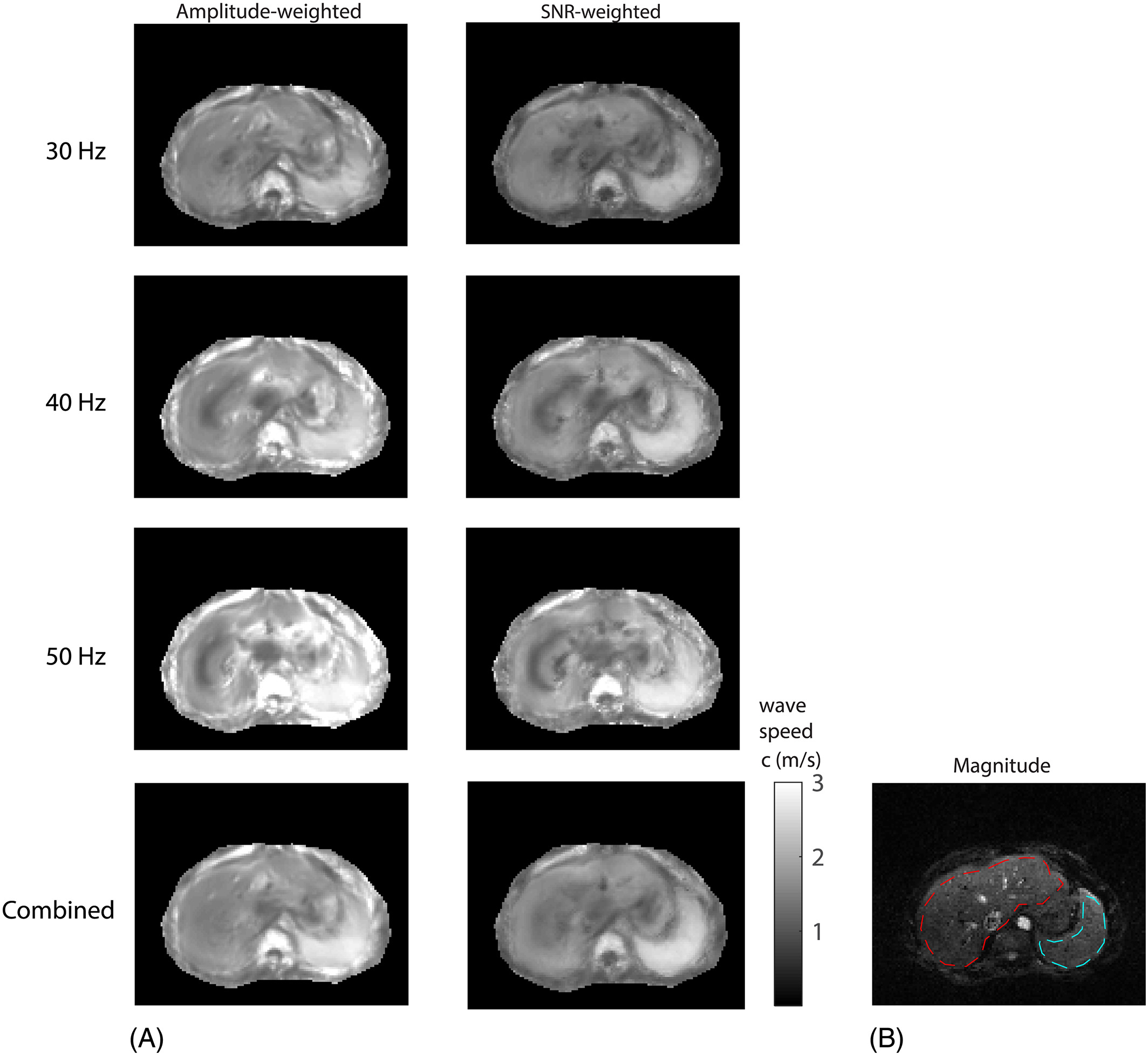Büşra Sarıgül, a master student at Ankara University (Department of Social Psychiatry), co-supervised by UMRAM faculty member Burcu Ayşen Ürgen successfully defended her master thesis! Her thesis is titled “Human Perception of Social Robots and Robotics Technology in Mental Health Services” and investigated audio-visual predictive processes in human-robot interaction. The study that is part of […]
Read More



